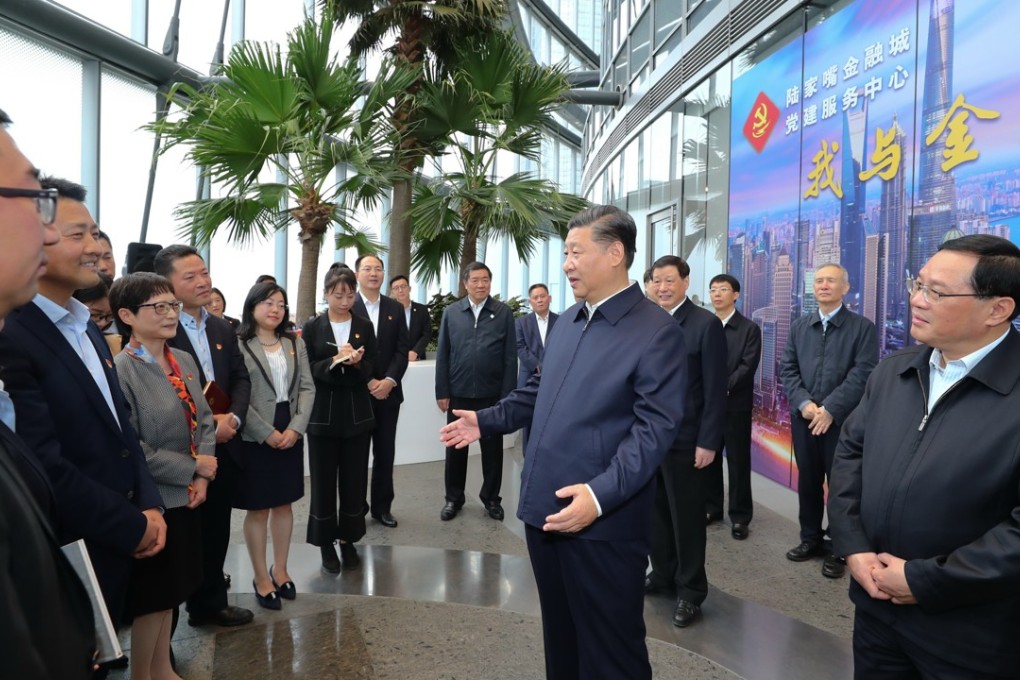Xi Jinping targets grass roots in push to extend Communist Party control
- New rules spell out how branches should be run and add commercial buildings to list of places that must have cells

Commercial buildings, business districts and dedicated marketplaces in China are now required to set up Communist Party branches, joining a long list of economic and social institutions where the party is extending its reach.
Beijing this week released its first regulations in its 90 years on how party branches should be run, as part of President Xi Jinping’s efforts to reassert the party’s control over the grass roots of society.
In China, party branches have long been a feature of political life, branded the party’s “fortress in the grass roots”. The charter demands all grass-roots organisations – including companies, villages, schools, research institutes, communities, social organisations and military units – must set up a party cell if they have three or more members.
But with rapid developments in China in recent decades, party leaders are determined to catch up and expand the organisation’s presence into “new fields”. Branches and meetings in NGOs, private companies and foreign firms are increasingly commonplace.
The latest regulations, effective from October 28, list “innovative” ways for branches to be set up, with the aim of achieving “full coverage” for the party’s reach and influence.
One innovation is for party branches to be established at dedicated markets where one line of goods or produce – such as clothing – might be traded, as well as in commercial districts and buildings and large-scale or cross-region farmer co-operatives.